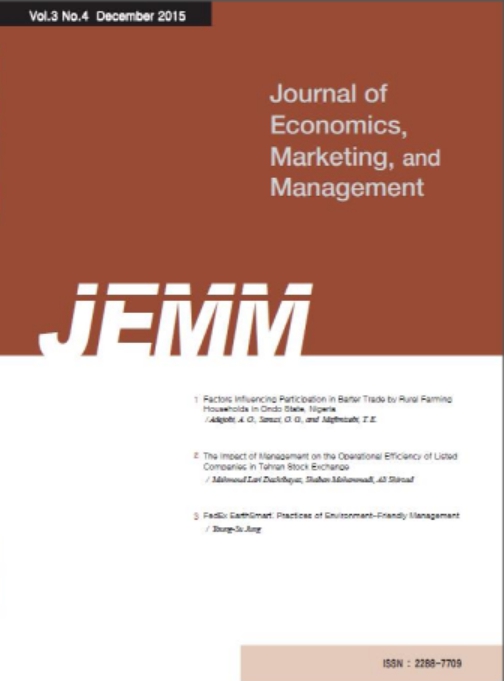- Log In/Sign Up
- E-ISSN2288-7709
- KCI
 E-ISSN : 2288-7709
E-ISSN : 2288-7709
Abstract
Fraudulent financial reporting practices can have significant consequences for organizations and all stakeholders, as well as, for public confidence in the capital and security markets. In fact, comprehensive, accurate and reliable financial reporting is the bedrock upon which our markets are based. Keen to project a rosy picture of the Satyam to investors, employees and analysts, Mr. Raju (CEO and Chairman) fudged the account books so that it appeared to be a far bigger enterprise, with high profits and fast growth rate, than it actually was. The Satyam fraud has shattered the dreams of different categories of investors, shocked the government and regulators alike, and led to questioning of the accounting practices of statutory auditors and corporate governance norms in India. This is an exploratory study based on secondary sources of information. An attempt has been made to provide an explanation for various intriguing questions about Satyam scam. After thorough investigations by the CBI and SEBI, they have unveiled the methodology by which Satyam fraud was engineered. Finally, we recommend "Fraudulent reporting practices should be considered as a serious crime, and accounting bodies, courts and other regulatory authorities in India need to adopt very strict punitive measures to stop such unethical practices."
- keywords
- Fraudulent Financial Reporting Practices, Satyam Computer, Modus-Operandi, Financial Statements, Corporate Governance, Auditors, Forensic Accounting, Corporate Culture and Ethics, SEBI, SFIO, CID, India
- Downloaded
- Viewed
- 0KCI Citations
- 0WOS Citations













